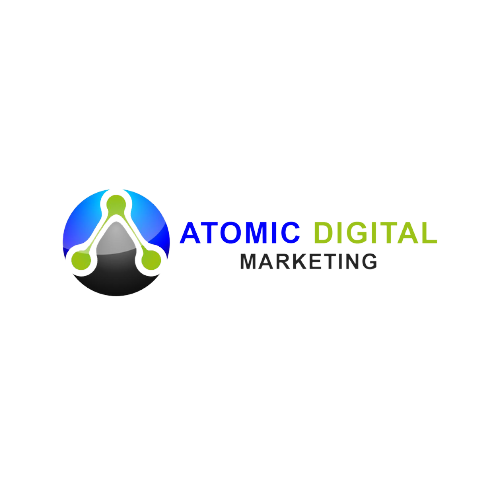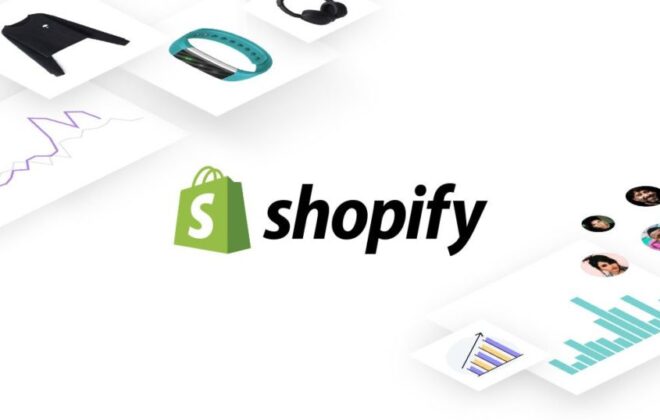Hall App: ChatGPT & AI Search Results Monitoring: Founder Kai Forsyth Presentation
The digital marketing world is currently undergoing a tectonic shift. For two decades, “search” meant one thing: Google. But as Kai Forsyth, founder of Hall, outlined in his recent presentation, we are leaving the era of “10 blue links” and entering a fragmented, complex era of AI-driven answers.
This transition has birthed a new acronym soup—GEO (Generative Engine Optimization), AEO (Answer Engine Optimization), and LLMO (Large Language Model Optimization). Regardless of what you call it, the message is clear: the rules of visibility are being rewritten.
The New Paradigm: Fragmentation and Personalization
The most immediate change identified in Forsyth’s presentation is user fragmentation. The monopoly is over. Users are no longer just “Googling it”; they are fragmenting across a variety of AI platforms including ChatGPT, Perplexity, Gemini, Claude, and Copilot.
This shift represents a fundamental change in user behavior. We are moving away from a “retrieval” mindset (finding a link) to a “generative” mindset (getting an answer). As the presentation slides note:
“New paradigm: instant, tailored, personalized answers are fundamentally different from 10 blue links.”
The consequence for marketers is stark: Referral traffic is down. Traditional organic funnels are becoming less effective because AI interfaces provide the answer directly on the platform, removing the user’s need to click through to a website.
The Explosion of the Tooling Ecosystem
In response to this changing landscape, the market has reacted with speed. Forsyth points out that “literally hundreds of tools have popped up over the last 12 months.”
The presentation highlights a crowded map of “Generative Engine Optimization Products,” categorizing new players that help brands navigate this space. Companies like Algomizer, Brandlight, Relixir, and Forsyth’s own platform, Hall, are stepping in where legacy tools (like SEMRush and Ahrefs) are playing catch-up.
These tools are designed to solve a specific problem: How do you optimize for a search engine that doesn’t just index content, but reads, understands, and synthesises it?
The Data Blind Spot: Why Measurement is Nascent
One of the most critical sections of the presentation focused on the “black box” nature of AI search. Marketers love data, but currently, search volume data for AI is nascent and unreliable.
Forsyth highlights that while there are clickstream data brokers licensing “real user prompts,” the data is fraught with limitations:
- Selection Bias: Panels are restricted to whoever agrees to be tracked, skewing the demographic.
- Small Sample Sizes: Compared to the billions of users on Google, the sample sizes for AI platforms are still statistically insignificant.
- Phrasing Variance: Unlike traditional keyword search, queries in AI are conversational and idiosyncratic. Two users asking the same question will phrase it in wildly different ways.
- Ethics: There is a growing concern that users are often unaware their conversational data is being sold to brokers.
Until platforms provide first-party data, marketers are flying partially blind.
A New Framework for Measurement: Watching the Crawlers
So, how do you measure success if you can’t trust the volume data? Forsyth proposes a technical approach based on analyzing crawler activity.
Understanding who is visiting your site is now as important as how many people visit. The presentation distinguishes between three distinct types of bots:
- AI Training Crawlers: Bots like GPTBot (OpenAI), ClaudeBot, and Bytespider that scrape the web to train the models.
- Search Indexers: Bots like OAI-SearchBot and Bingbot that index content for real-time retrieval.
- User Action Retrieval Bots: Bots triggered specifically by a user query, such as ChatGPT-User or Perplexity-User.
Forsyth outlines a four-step framework to “think through measuring AI search”:
- Analyze AI Crawler Activity: Monitor your server logs to see which AI bots are visiting your site.
- Visibility and Citation Analysis: Perform analysis on a universe of high-intent commercial questions to see if AI models cite your brand.
- Referrals: Measure direct referrals from AI platforms (even if they are lower than traditional search).
- Conversion Value: Quantify the conversions that do come from AI—often, these leads are higher intent because they have already been “educated” by the AI.
Is it “Still SEO”?
The presentation concludes by addressing the existential question: Is this still SEO?
Quoting industry experts, the answer is a nuanced “Yes and No.” While the interface has changed, the core principle remains: Mentions in LLMs come from training data.
If a brand is cited, linked, and talked about in the right context, they are more likely to show up in AI answers. LLM outputs often come from search engines (e.g., ChatGPT uses Bing; Google AI Mode uses Google). Therefore, traditional SEO practices—optimizing for behavior and ensuring high-quality citations—are not dead. They have simply evolved into a more complex, technically demanding discipline.
Categories
- Animals (1)
- Artificial intelligence (AI) (8)
- Blog (60)
- Client Links (11)
- Dental Marketing (1)
- Design (5)
- Digital Marketing (56)
- Media (7)
- Music (1)
- News (22)
- SEO Case Studies (15)
- SEO Company Sydney (10)
- SEO Posts (27)
- SEO Sydney (28)
- SEO Testimonials (5)
- Social Media Australia (10)
- Social Media Management (11)
- Social Media Managers (2)
- Social Media Sydney (10)
- Social Media Training (2)
- Travel (4)
- Uncategorized (3)




